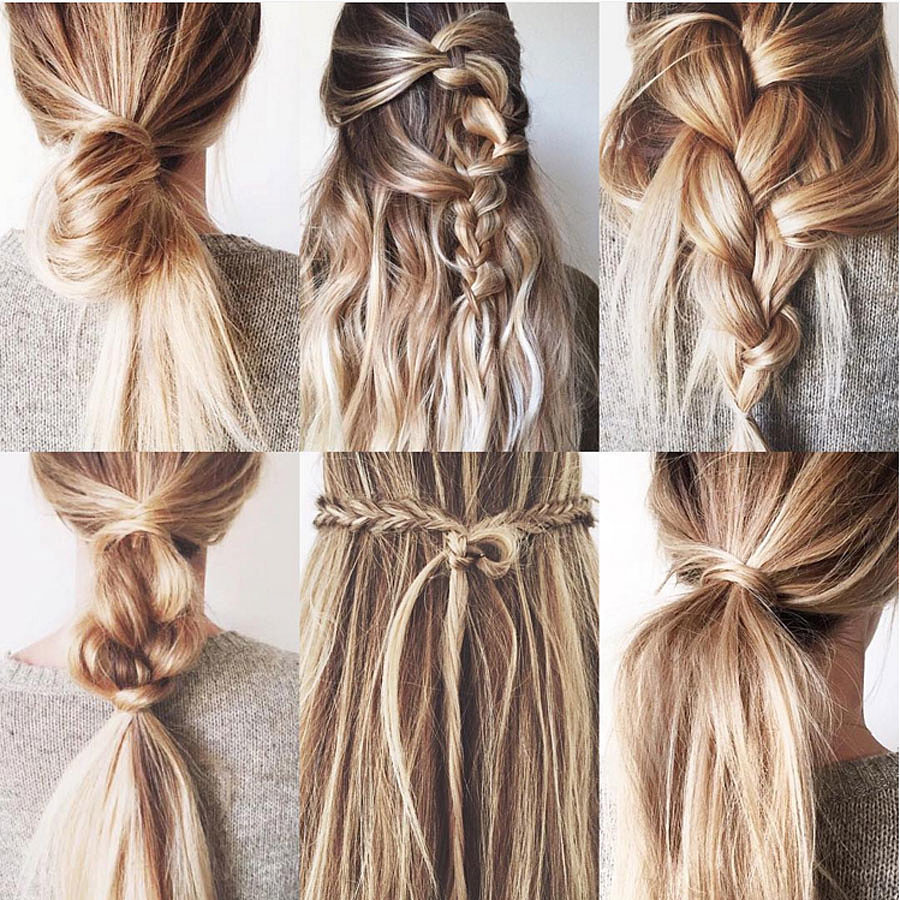Why image analysis will go mainstream in 2016 #2: Identifying new opportunities
CEO, Job Muscroft continues his blog series exploring ways in which visual social media research is being adopted in the world of market research. In this second instalment, Job looks at a key use case which identifies new opportunities for the beauty industry.
The rise of visual social media has boosted the beauty category probably more than any other. In 2013, it was estimated that there were 14.9 billion beauty related videos on Youtube, half of which were ‘How To’ guides and product reviews posted by amateur beauty vloggers. In 2014, 30% of all leading beauty brands had a presence on Instagram, and are successful in engaging with consumers. These consumers are now documenting their lives within their networks through images and content. If consumers are using images to showcase hair trends, then beauty brands need to use image analysis as a key research methodology.
Brief: Identifying new opportunities for brands
A global haircare company wanted to explore ways to identify emerging trends within their category, with the aim to inspire product and communication innovation for a number of their brands.
What we did
- Using Pulsar, we created a haircare tracking strategy which looked at 10 leading global brands
- Alongside this, we conducted wider topic tracking, identifying common haircare discussions
- From this tracking we identified the most trusted and influential bloggers, vloggers in the global conversation
- We then highlighted 10 trends across 3 key consumer need states: volume, damage and anti ageing with associated imagery and language
- All trends were fed into the brand and agency team on a monthly basis to inform ongoing product and campaign development
- We finalised the project by hosting a workshop with the client to highlight the biggest opportunity areas that could leverage in the medium terms
Why this worked
Conducting image analysis allowed us to clearly pinpoint emerging consumer trends. Associated imagery from content gives brands a direct way of translating consumer insight into creative platforms. For example, in South America natural volume boost was high on the consumer agenda.
Due to the large volume of conversations in this category the trends were not only identified but also validated at scale across markets, giving the brand confidence in the research outcome. Identification of blogger and vloggers was crucial in helping brands inform its engagement strategies in Brazil, Japan, US and UK.
The most important aspect of this project success was the speed of insights and the number of trends that were identified in near to realtime. This has started to change the way this client works and gives them an edge against competitors. On top of this, the methodology is significantly cheaper than traditional trends market research that would rely on semiotic, survey and interview techniques.
In the next blog in this series I will be highlighting how we can use visual social media research to help brands develop better creativity.
Discover more about how to identify new opportunities through the use of visual social media research by sending an email to [email protected].

